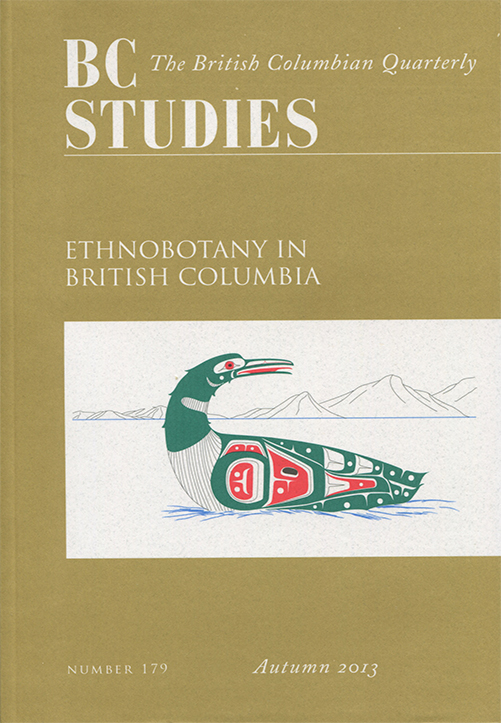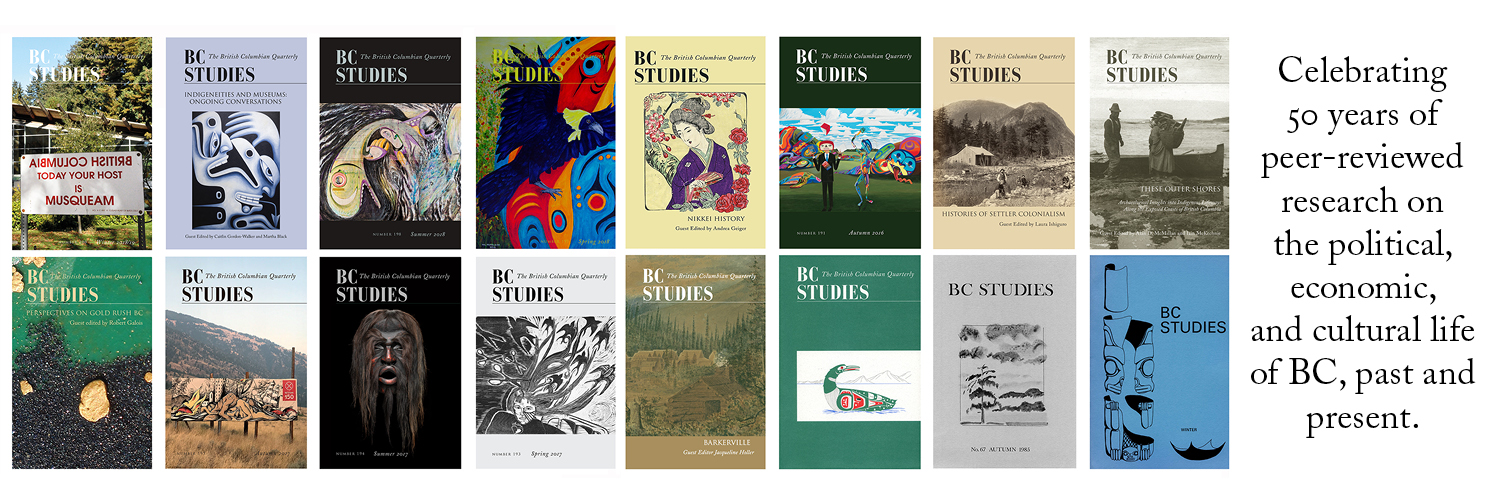Plants, Places, and the Storied Landscape: Looking at First Nations Perspectives on Plants and Land
DOI:
https://doi.org/10.14288/bcs.v0i179.184107Keywords:
landscape, ethnobiology, ethnobotany, cultural landscape, Gitxsan, Witsuwit'en, ethnoecology, aboriginal languages, botany, topography, Gitskan, Wet'suwet'enAbstract
Plants shape landscapes, and are in turn responsive to the characteristics of the land. In British Columbia, people interacted, and still interact, with plants through their movements on their territories, through the pattern of the seasons, through the course of other activities, and through specific targeted journeys to places known to be plant harvesting sites. The interactions of people, plants and landscape also record human history, and attest to management of landscapes by Aboriginal peoples of British Columbia. In this paper I present a examples to illustrate these relationships drawn from my own work in northwestern British Columbia, and from the work of others elsewhere in the province. Landscape terms and related knowledge are evident in place names, names of Chiefs, Crests and other cultural entities, and in the oral histories of people. Documenting the meanings and applications of these words and appreciating the significance of places they delineate thus enriches understanding of history as well as contemporary relationships to land.



